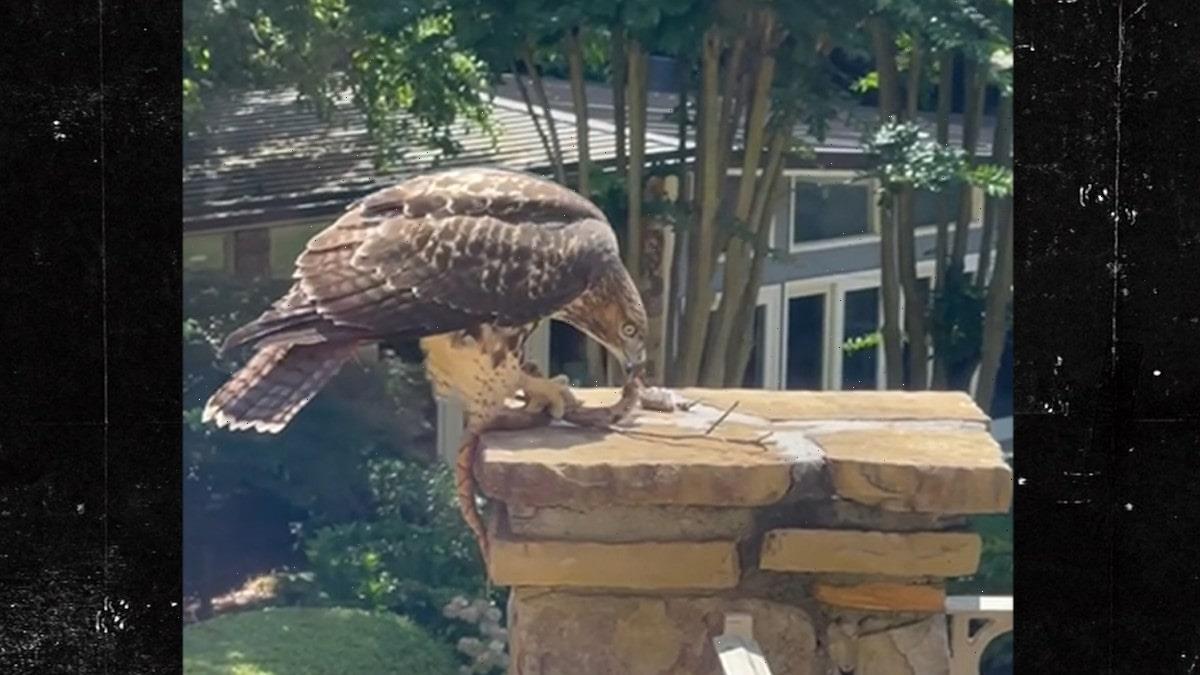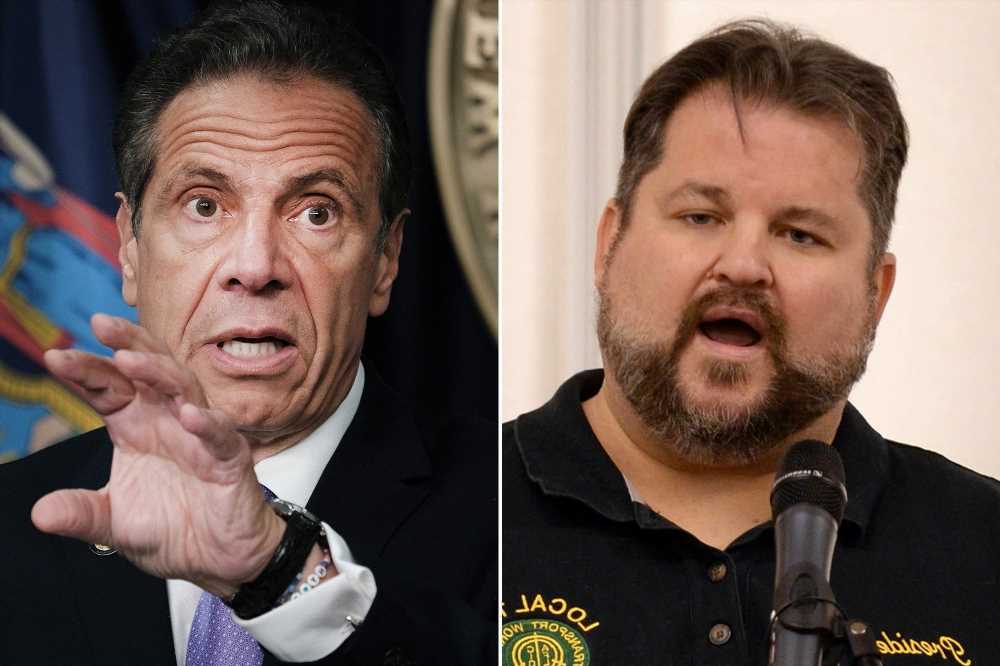Richard Branson has some new bragging rights.
The British entrepreneur earned his astronaut wings Sunday, after flying to space aboard a rocket-powered vehicle developed by his space tourism company, Virgin Galactic. Though just a test flight, the expedition — Virgin Galactic’s first with a full crew — is a major boost for the company, which is aiming to start commercial flights with paying customers in 2022.
In a live broadcast during the vehicle’s descent, Branson called the trip an "experience of a lifetime.”
Branson’s trip to space edges out fellow billionaire and Amazon founder Jeff Bezos, who is planning a similar feat July 20 aboard a rocket and capsule designed by his own space company, Blue Origin. Though Branson, 70, has shrugged off notions that he’s competing with Bezos, the timing of the two flights is the culmination of a yearslong rivalry among Virgin Galactic, Blue Origin and other companies vying for a leg up in the burgeoning space tourism industry.
Branson’s flight was a suborbital jaunt, so rather than reaching orbit and circling the Earth, the vehicle flew to the edge of space, at an altitude of more than 50 miles, where passengers experienced roughly four minutes of weightlessness before returning to the ground. On previous test flights, the winged craft has reached an altitude of around 55 miles.
Virgin Galactic’s flights launch from Spaceport America, along a desolate stretch of desert in New Mexico. The company’s SpaceShipTwo Unity craft is designed to take off on a conventional runway while attached to the underbelly of a carrier ship known as WhiteKnightTwo. The vehicles fly to an altitude of 50,000 feet, where Unity is subsequently released and its engine ignites to rocket to the edge of space.
Branson’s flight took off Sunday morning at around 10:30 a.m. ET. The launch time was delayed by around 90 minutes because of overnight weather conditions at Spaceport America.
Branson was joined on his flight by pilots Dave Mackay and Michael Masucci and three mission specialists, all of whom are employees of Virgin Galactic: Chief astronaut instructor Beth Moses, lead operations engineer Colin Bennett and government affairs vice president Sirisha Bandla.
Virgin Galactic is expected to conduct several additional test flights before beginning commercial operations with private customers next year. The company has said the suborbital joyrides will likely cost more than $250,000 each, but final pricing has not yet been announced.
Branson founded Virgin Galactic in 2004 but the firm’s progress — as is the case with much of the private spaceflight industry — has taken years longer than expected. The company suffered a high-profile setback in 2014 when its first-generation SpaceShipTwo vehicle crashed in the Mojave Desert in California during a test flight, killing one of the two pilots on board.
“It’s taken 17 years to get to this flight, and of course a lot of personal wealth has been poured into it, but it also shows that this takes tenacity,” said Greg Autry, a space policy expert at Arizona State University.
In addition to space tourism, Branson’s business empire includes Virgin Orbit, which launches satellites from a modified Boeing 747 aircraft that flies over the Mojave Desert.
This weekend’s flight adds more fuel to rivalries among the billionaire players within the private spaceflight industry. Until now, commercial launches have been dominated by Elon Musk’s company, SpaceX, which has been ferrying cargo ships to and from the International Space Station and last year flew NASA astronauts to the orbiting lab.
SpaceX is planning other orbital tourism flights, including the first mission to space with an all-civilian crew.
Meanwhile, Bezos is planning his own trip to suborbital space July 20 when he is set to launch on the first operational flight of Blue Origin’s New Shepard rocket and capsule.
The New Shepard rocket launches vertically from a site in the Texas desert, southeast of El Paso. Despite the different takeoffs, Bezos' trip is expected to be similar to Branson's, though Blue Origin’s capsule can reach higher altitudes than Virgin Galactic’s Unity craft. This has become a point of contention, with Blue Origin suggesting that Branson’s flight won’t officially reach space.
The edge of space is often defined by the so-called Kármán line, at an altitude of 62 miles. Unlike Unity, the New Shepard capsule is designed to fly above the Kármán line, though the Federal Aviation Administration and the U.S. Air Force both recognize a lower boundary for the edge of space, at an altitude of 50 miles.
Bezos will be joined on his flight by his brother Mark Bezos and Wally Funk, an 82-year-old former test pilot and one of the “Mercury 13” women who in the 1960s underwent training to demonstrate that women can meet NASA’s standards for its astronaut corps. An unidentified passenger who paid more than $28 million in an online auction for the last seat will round out the four-person crew.
Source: Read Full Article

